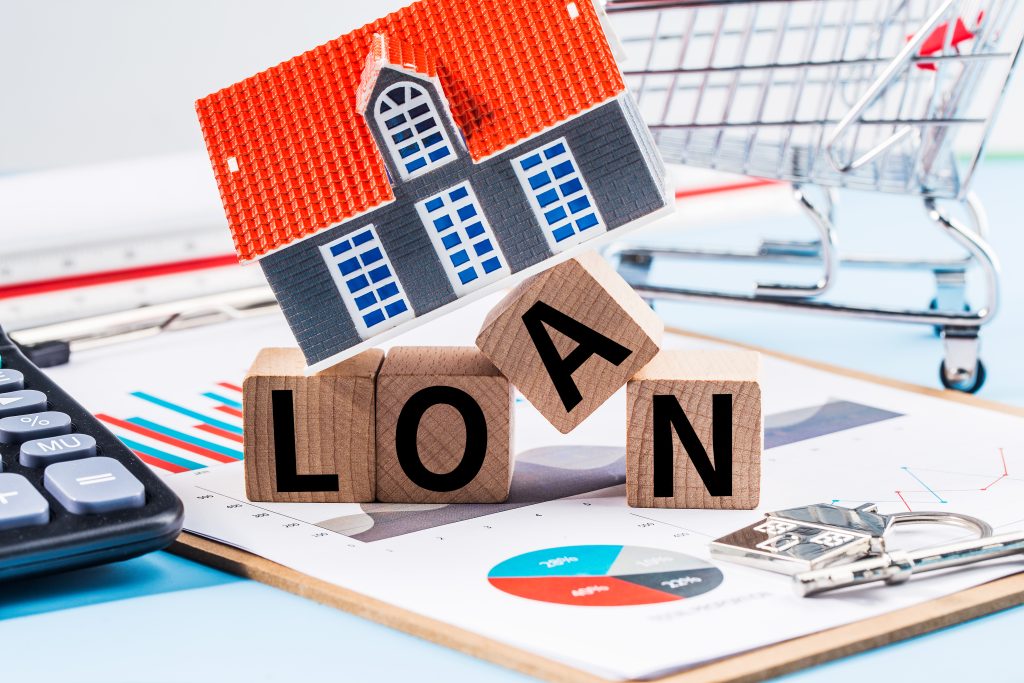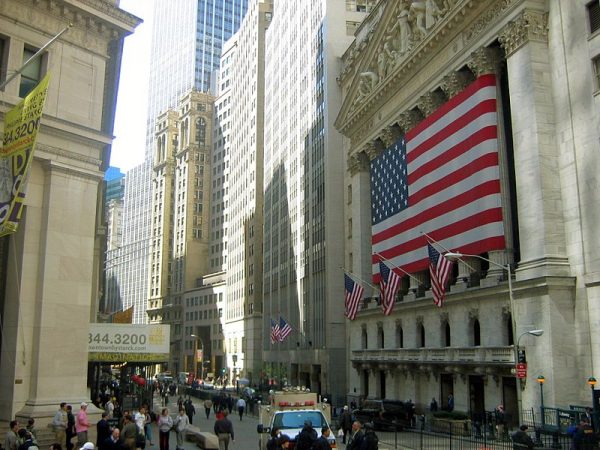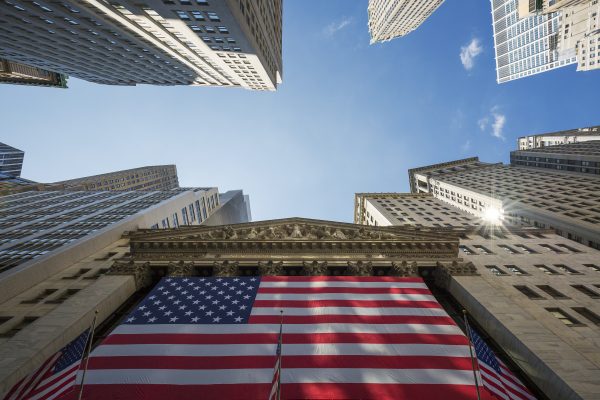The rising cost of new auto loan interest rates in the United States is leading to record-high monthly payments for car owners across the country. According to recent data, the average interest rate on a new auto loan reached 5.61% in February 2022, up from 4.58% in the same month last year. This increase in interest rates is making it more difficult for many Americans to afford their car payments, leading to concerns about the impact on both the auto industry and the wider economy.

One of the main reasons for the increase in new auto loan interest rates is the current state of the global economy. With supply chain disruptions and shortages of key materials and components affecting the manufacturing sector, the cost of producing new vehicles has increased significantly. In turn, this has led to higher sticker prices for new cars, making them more expensive to purchase.
At the same time, the Federal Reserve has signaled its intention to raise interest rates in response to rising inflation. This has led to higher borrowing costs across the board, including for auto loans. As interest rates continue to rise, the cost of borrowing money to purchase a car is likely to become even more expensive, further pushing up monthly payments.

The impact of these rising costs is already being felt by many Americans. According to data from Experian, the average monthly payment for a new car loan was $591 in the fourth quarter of 2021, up from $548 in the same period in 2020. This represents a 7.8% increase year-over-year, the largest annual increase on record.
For some car owners, the increase in monthly payments is making it difficult to keep up with their bills. According to a recent survey by the National Endowment for Financial Education, 42% of Americans said they have experienced financial stress due to the pandemic, with car payments being one of the top sources of financial strain.
The impact of these rising costs is not just limited to individual car owners. The auto industry as a whole is also feeling the effects of higher interest rates and monthly payments. As consumers struggle to afford new cars, sales are likely to decline, putting pressure on auto manufacturers and dealerships.
The auto industry is also facing other challenges, including supply chain disruptions and a shortage of computer chips. These issues have led to production delays and shortages of new cars, further exacerbating the impact of rising interest rates.
Despite these challenges, there are some potential solutions to the problem of rising auto loan interest rates. For example, consumers may choose to purchase used cars instead of new ones, as used cars are typically less expensive and may have lower interest rates. Alternatively, some car buyers may choose to lease their vehicles instead of purchasing them outright, as leasing can provide lower monthly payments.
In addition, there are steps that car owners can take to manage their auto loan payments. For example, consumers may consider refinancing their auto loans to take advantage of lower interest rates. They may also negotiate with lenders to try to get better terms on their loans.
In conclusion, the rising cost of new auto loan interest rates in the US is leading to record-high monthly payments for car owners across the country. This increase in costs is driven by a range of factors, including supply chain disruptions, rising inflation, and the Federal Reserve’s monetary policy. As a result, car owners and the auto industry as a whole are facing significant challenges, with potential implications for the wider economy. While there are some potential solutions to these challenges, it’s clear that the impact of rising auto loan interest rates is likely to be felt for some time to come.





